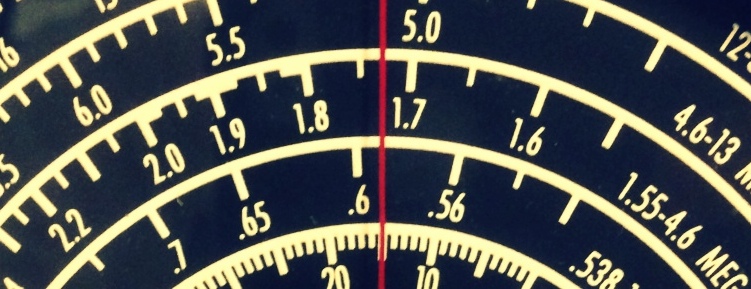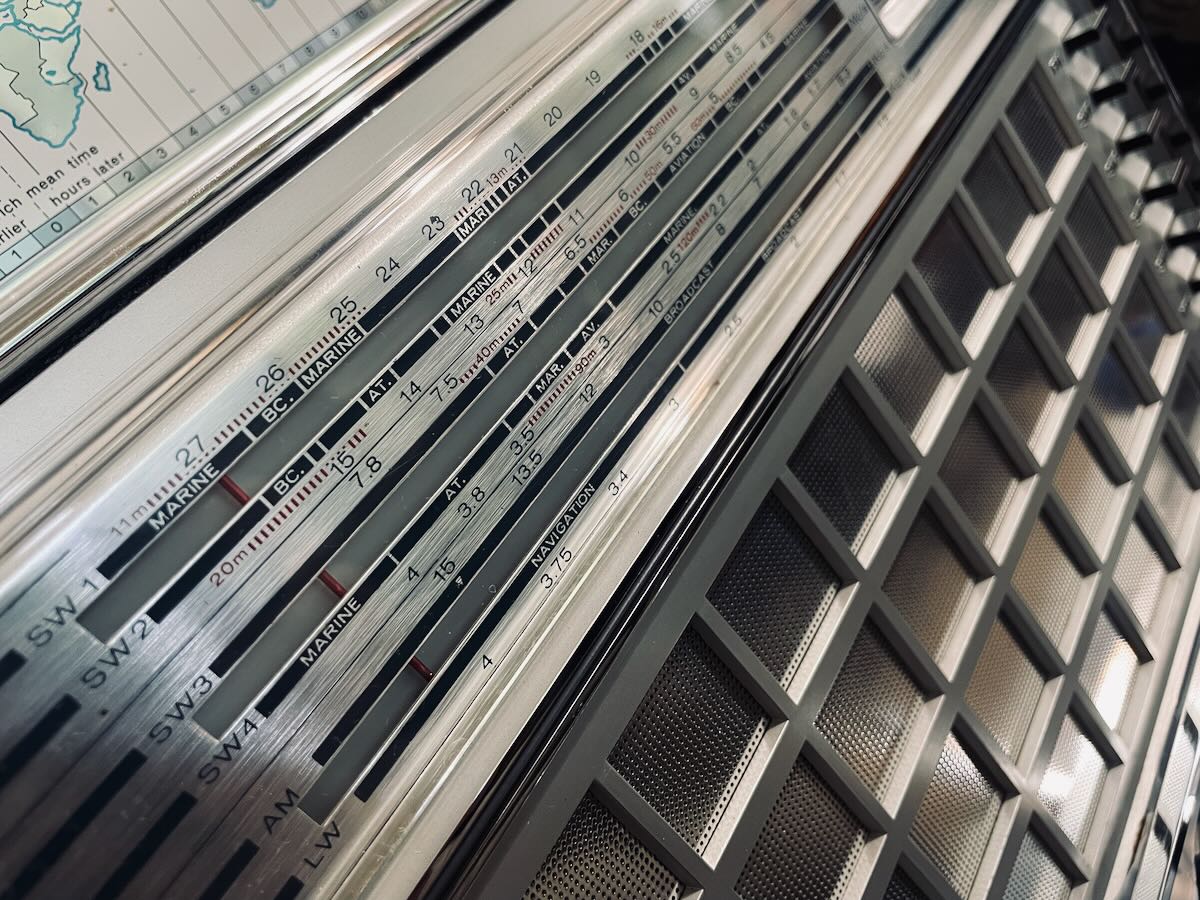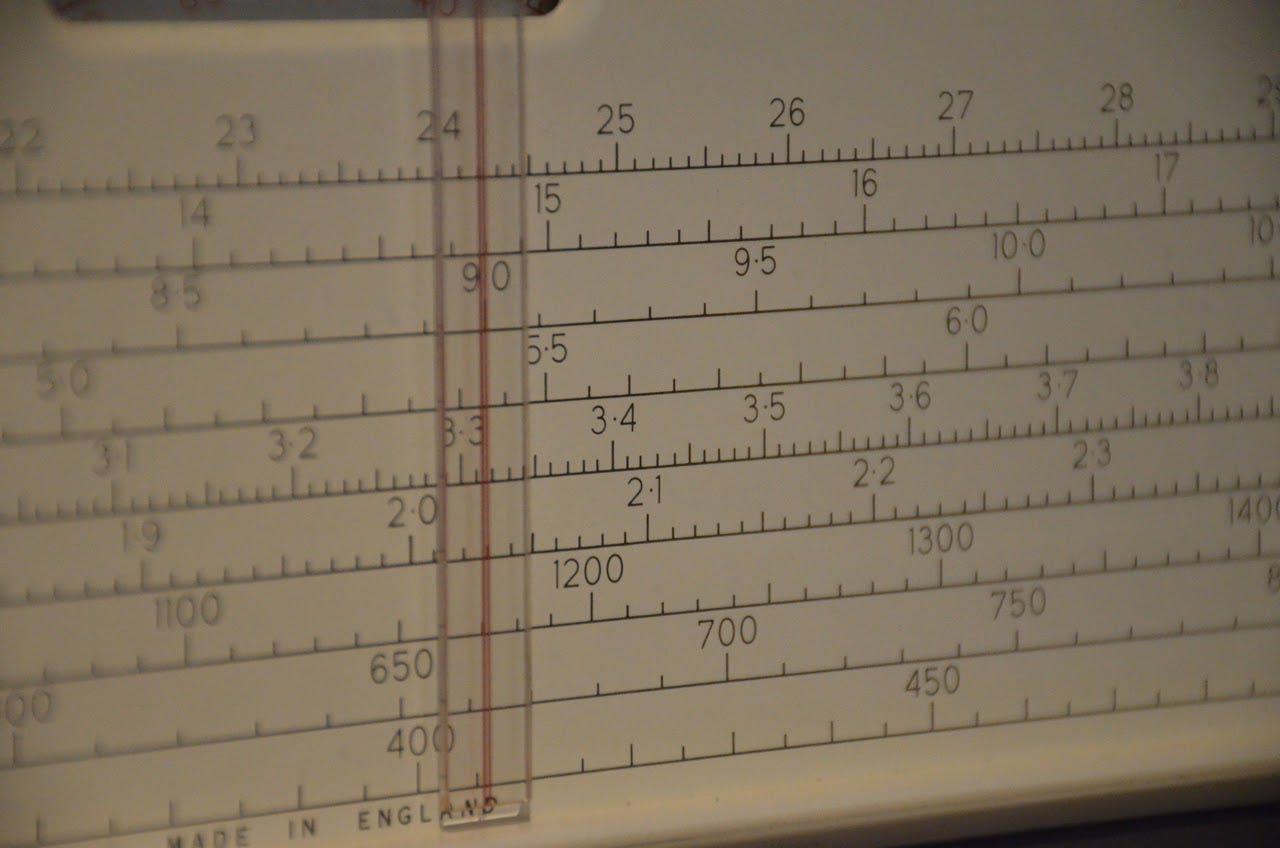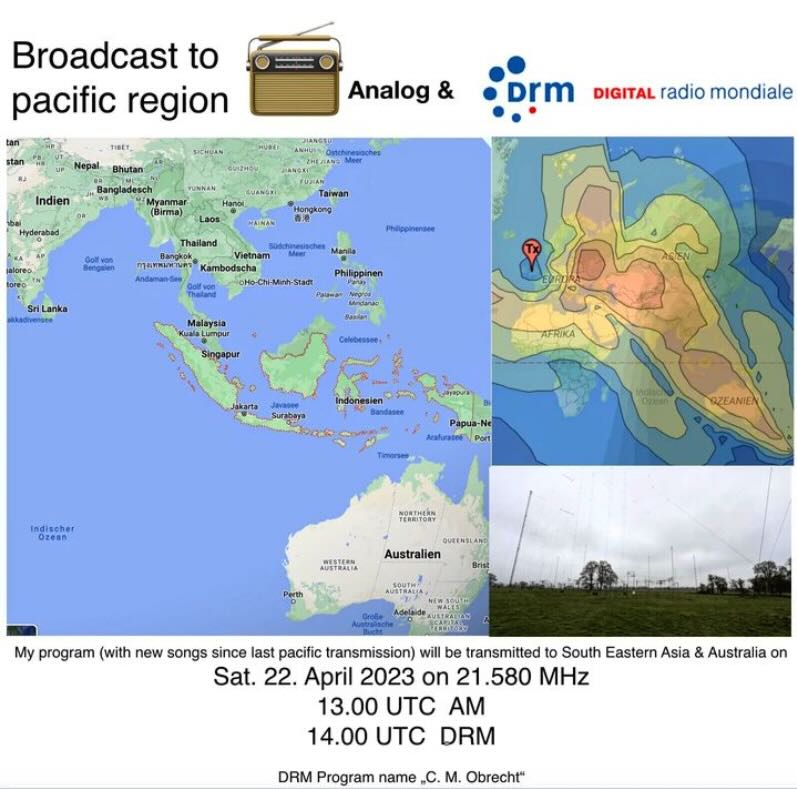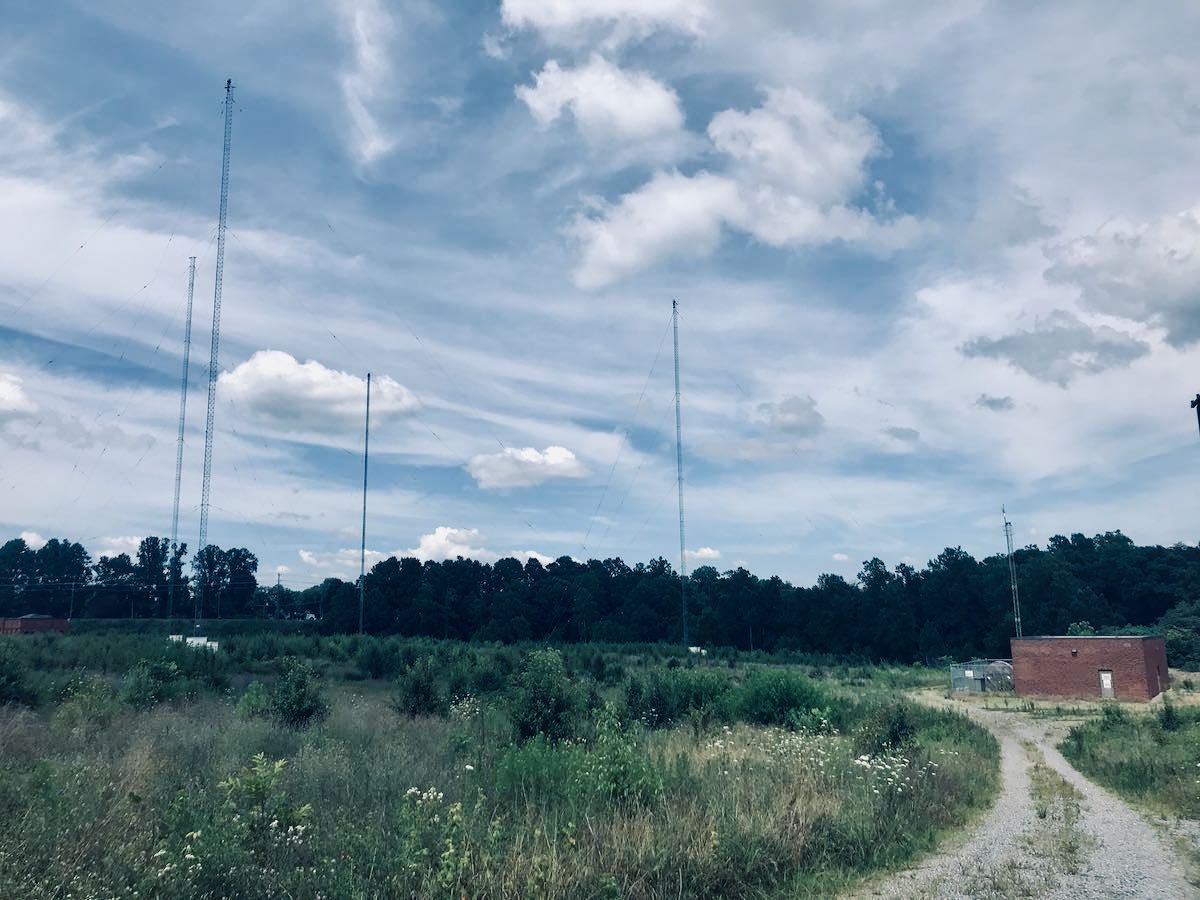Radio Waves: Stories Making Waves in the World of Radio
Welcome to the SWLing Post’s Radio Waves, a collection of links to interesting stories making waves in the world of radio. Enjoy!
Many thanks to SWLing Post contributors Alan and David Iurescia for the following tips:
This Shortwave Station’s Transmitter Site Sits Pretty in the Tropics (Radio World)
KTWR’s home is on Guam, which makes for some interesting broadcasting
If you’re an avid Radio World reader, you know that we love to highlight unique radio facilities, whether they be local or abroad. If you happen to love that sort of content, you’re in luck!
Broadcasting since 1954, Trans World Radio, or TWR, is a Christian radio distributor that collaborates with U.S.-based radio stations to spread the gospel via local FMs, mediumwave or high-powered AMs and shortwave transmitters.
According to its website, TWR’s programming is broadcast in 200-plus languages on air, online and on the ground in 190 countries. It is celebrating its 70th anniversary this month.
With such an extensive résumé, TWR was bound to have at least a few unique transmitter sites. One such site that we’ll share with you here can be found “Where America’s Day Begins,” floating just above the equator in the western Pacific Ocean.
In Micronesia, TWR’s shortwave member station on Guam, KTWR, serves listeners across most of Asia, spanning Siberia to India to Indonesia. [Continue reading…]
Video: DRM at BES (DRM Consortium)
The recently concluded BES Expo 2024 has occasioned the presentation of several new DRM achievements under one single (stall) roof.
For those who could not join the DRM Consortium members in India, here is a tour of the best under the guidance of Alexander Zink, vice-chairman of the DRM Consortium:
Radio Poland marks 88 years on air (Polskie Radio)
Radio Poland is celebrating its 88th anniversary on the air.
The station, launched on March 1, 1936, is part of Poland’s public radio network.
It broadcasts programmes on developments at home and abroad, Polish foreign policy, the economy, business and foreign investment.
Radio Poland, also known as Polish Radio’s External Service (Polskie Radio dla Zagranicy), aims to provide objective and impartial information about Poland and the country’s stance on international affairs.
It reports on developments in Polish society, its daily life as well as scientific and cultural achievements.
The thenews.pl website, part of Radio Poland, is a leading English-language resource for Polish news.
Updated regularly all day, every day, the website covers domestic and foreign affairs, economy and business, culture, sports and human interest stories.
Polish Radio launched shortwave broadcasts in English and Polish in 1936. They were discontinued with the outbreak of World War II in 1939.
After the end of the war in 1945, the shortwave channel Warszawa III resumed external broadcasts.
In 1990, Polish Radio started broadcasting in Ukrainian, Belarusian, Lithuanian, Czech and Slovak.
Then in 1994 the External Service began daily broadcasts in several languages via the World Radio Network.
In 2007, Polish Radio’s External Service launched its news website, now available at www.polskieradio.pl.
Today, Radio Poland broadcasts in Polish and five foreign languages: English, German, Russian, Ukrainian and Belarusian. [Continue reading…]
Do you enjoy the SWLing Post?
Please consider supporting us via Patreon or our Coffee Fund!
Your support makes articles like this one possible. Thank you!

